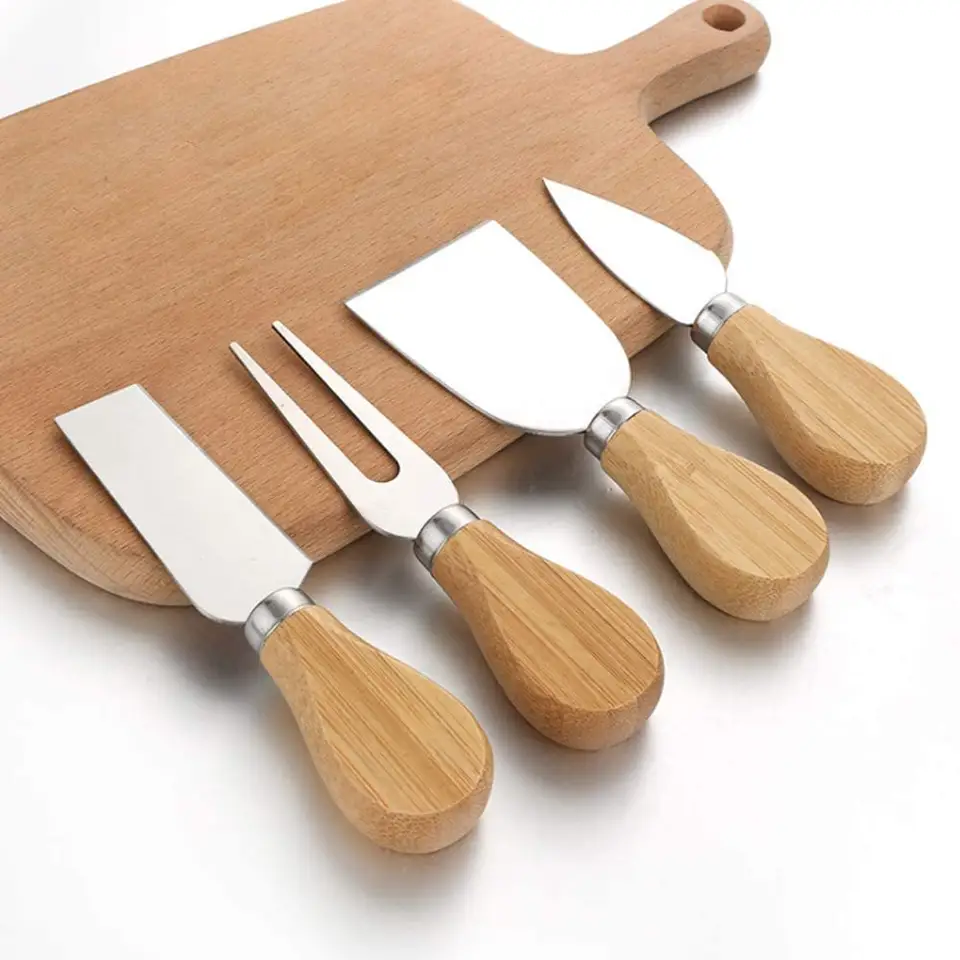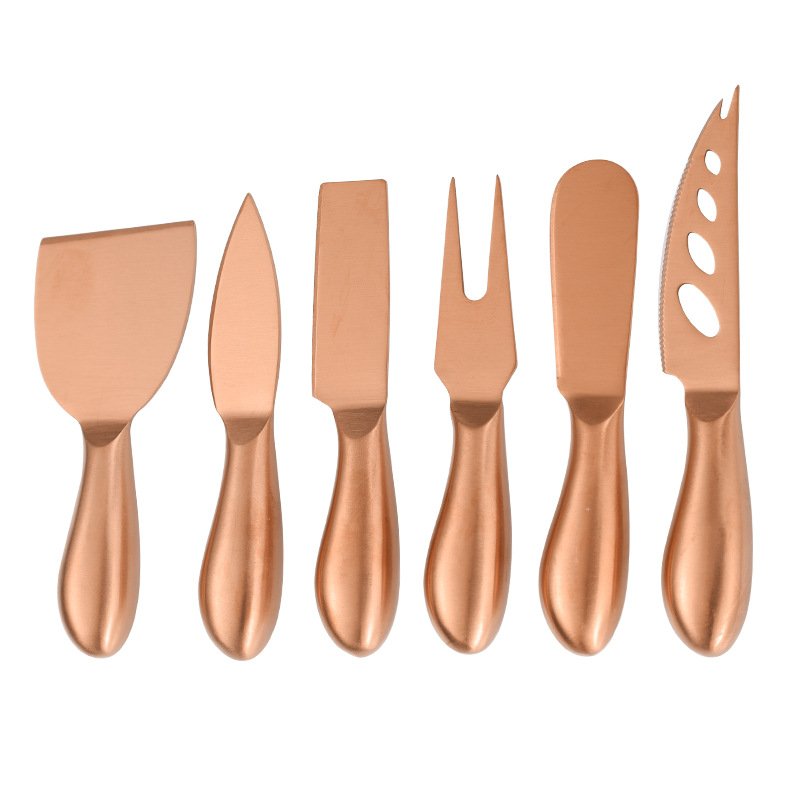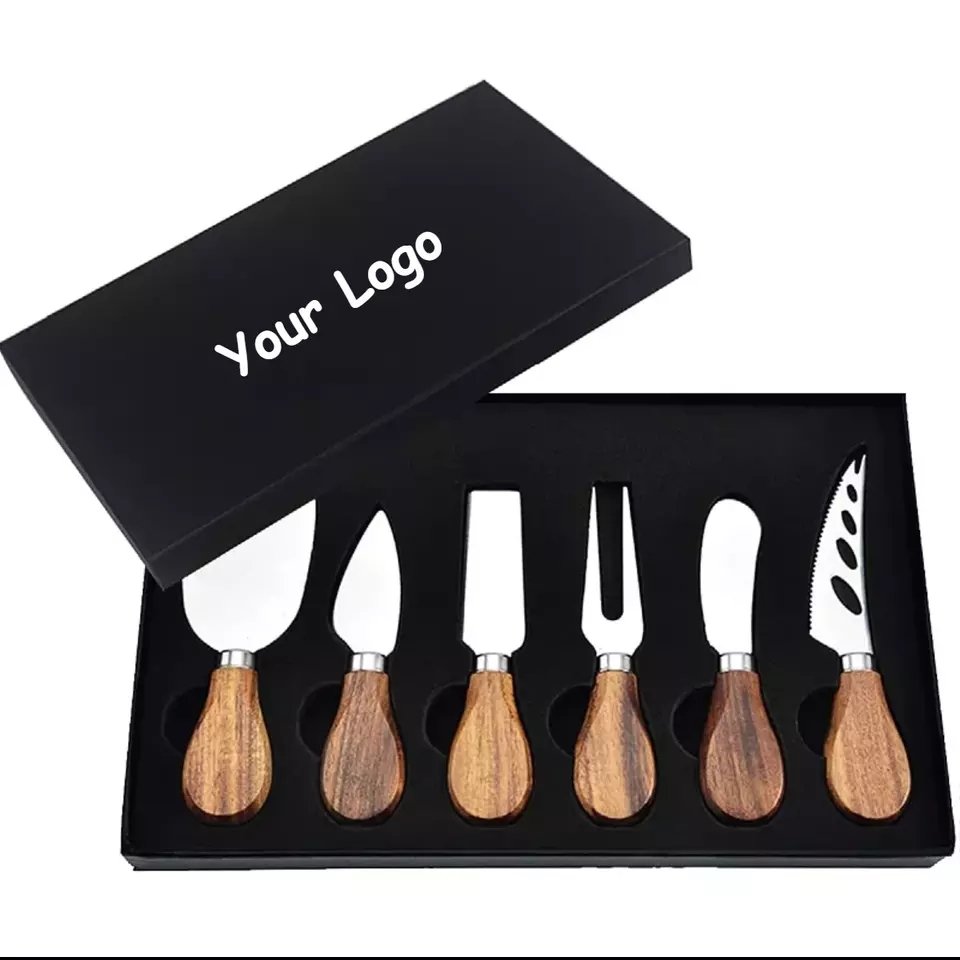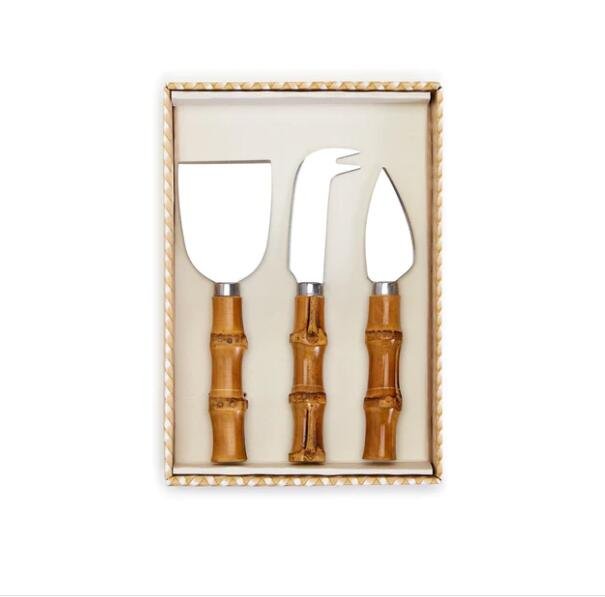Looking for reliable restaurant cutlery suppliers can be overwhelming. There are countless options out there, but how do you ensure quality, affordability, and reliability?
Choosing the right restaurant cutlery supplier is crucial for quality and consistency in your establishment. It requires a balance between cost, material quality, and supplier reliability.
Now, let’s break down the factors to consider when selecting a supplier. It’s not just about the price; you’ll want to think about quality, delivery times, and customer service.
Table of Contents
What Makes a Good Restaurant Cutlery Supplier?
When searching for a supplier, you want to ensure they meet your restaurant’s needs. But how can you distinguish the good suppliers from the bad?
A good restaurant cutlery supplier offers high-quality products, reliable delivery times, and responsive customer service. They should be flexible enough to meet your specific demands.
To truly understand what makes a good supplier, we need to analyze several key factors. Price is often the first consideration, but this shouldn’t be the only focus.
1. Product Quality
When evaluating quality, you need to ask: does the cutlery withstand daily use? High-end stainless steel is often the material of choice for durable and long-lasting cutlery, but it’s important to check the grade of the steel. Not all stainless steel is the same, and using a cheaper, low-grade steel can lead to rusting, discoloration, or even breakage.
– Stainless Steel Grades: The most common grades used in restaurant cutlery are 18/10, 18/8, and 18/0. The numbers represent the percentage of chromium and nickel in the alloy, which affects its strength, corrosion resistance, and luster. A higher nickel content (18/10) typically ensures better durability and a shiny finish, but at a higher cost.
| Stainless Steel Grade | Nickel Content | Chromium Content | Ideal Use |
|---|---|---|---|
| 18/10 | 10% | 18% | High-end cutlery, long-lasting |
| 18/8 | 8% | 18% | Everyday use, moderate pricing |
| 18/0 | 0% | 18% | Budget-friendly, less durable |

2. Reliability and Lead Time
A reliable supplier should have consistent delivery schedules and transparent communication. When you place an order, you want to be sure that the products will arrive on time, so you don’t face delays. Check the supplier’s track record for punctuality, and ensure they have the capability to scale up if your business grows.
3. Customization Options
Most restaurants want cutlery that aligns with their brand. A good supplier should offer custom designs, whether it’s through custom engravings, unique shapes, or branded packaging. The ability to add your restaurant’s logo or design to the cutlery can help you stand out.

How to Identify the Best Materials for Restaurant Cutlery?
What materials should you prioritize for cutlery? Not all metals are created equal, and choosing the right one can make a huge difference.
The material you choose affects durability, aesthetics, and the overall experience for your customers. Stainless steel is the most common, but there are variations within it.
The choice of material plays a significant role in the functionality and look of the cutlery. Stainless steel is undoubtedly the most popular choice, but it’s worth diving deeper into why it’s the go-to material for restaurants.
1. Why Stainless Steel?
Stainless steel is favored for its corrosion resistance, strength, and sleek appearance. However, not all stainless steel is the same. As mentioned earlier, the grade of the steel directly affects the performance and appearance of the cutlery.
2. Alternative Materials
While stainless steel dominates, some suppliers offer alternative materials that may suit specific needs. For example, plastic cutlery can be an option for fast food or takeaway businesses where affordability and disposability are priorities. On the other hand, silver or gold-plated cutlery might be ideal for upscale restaurants looking for a luxurious look, though these require careful maintenance.
| Material | Pros | Cons | Ideal Use |
|---|---|---|---|
| Stainless Steel | Durable, resistant to corrosion | Heavier, expensive grades | Most restaurants |
| Plastic | Affordable, disposable | Not as durable | Fast food |
| Silver/Gold-Plated | Luxurious, high-end appearance | High maintenance, expensive | Fine dining |
3. Choosing Based on Restaurant Type
The type of restaurant you run should directly influence the material you select. Fast casual or family-style restaurants might opt for durable but budget-friendly stainless steel, while fine dining establishments might lean towards more luxurious options. Understanding your customer base and service type will help guide your decision.
What Are the Common Challenges in Sourcing Restaurant Cutlery?
Sourcing restaurant cutlery isn’t without its challenges. What obstacles should you prepare for when working with suppliers?
Common challenges include inconsistent product quality, long shipping times, and limited customization options. Understanding these issues in advance can help you manage expectations.
Let’s break down some of the most common issues when sourcing cutlery from suppliers, and how to address them proactively.
1. Quality Control
While most suppliers promise quality, issues such as subpar finishes, rusting, or discoloration can arise. To mitigate this, request samples before placing a large order. Ensure your supplier has strict quality control procedures in place to guarantee the consistency and durability of their products.

2. Communication Breakdowns
Miscommunication between you and your supplier can lead to delays or incorrect orders. It’s important to establish clear expectations from the beginning, set regular check-ins, and confirm all order details in writing.
3. Global Supply Chain Issues
Many restaurants rely on suppliers from abroad, and while this can lead to cost savings, it also introduces risks related to shipping delays, customs issues, and price fluctuations. To minimize these risks, work with suppliers who have proven track records and are able to offer flexibility when issues arise.
What Cutlery Do Restaurants Use?
When you’re setting up a restaurant, the type of cutlery you choose plays a significant role in your customers’ dining experience. So, what cutlery do most restaurants use?
Restaurants typically use a mix of basic utensils such as forks, knives, spoons, and specialty pieces like dessert spoons or steak knives. The specific set often depends on the type of restaurant.
Restaurants select their cutlery based on their style, clientele, and dining experience. For instance, casual dining restaurants will use durable, easy-to-maintain cutlery, while fine dining establishments may opt for more luxurious pieces.
1. Standard Utensils
At its core, most restaurants use basic cutlery sets, including dinner forks, knives, spoons, and dessert spoons. These are typically made of stainless steel for durability and ease of maintenance.
2. Specialty Pieces
Higher-end restaurants may include specialty items such as fish knives, soup spoons, or butter spreaders. These pieces contribute to the overall dining experience and ensure that each dish is properly eaten.
3. Material Considerations
The material of the cutlery also matters. While stainless steel is a common choice due to its rust-resistant and durable nature, some upscale restaurants might choose silver or gold-plated options for an extra touch of luxury.
Who Are the Largest Suppliers of Restaurant Equipment?
Finding a reliable supplier for your restaurant’s equipment is essential, but who are the big names in this space?
Some of the largest suppliers of restaurant equipment are global distributors like Sysco, US Foods, and Restaurant Depot. They offer everything from cutlery to kitchen appliances, all under one roof.
When it comes to restaurant equipment, the suppliers you choose can significantly impact your operations. Here’s a breakdown of the largest players in the industry and why they matter.
Sysco is one of the largest food service suppliers in the world. While they’re known for their food distribution, they also offer kitchen supplies, including cutlery. They provide a wide variety of restaurant equipment at competitive prices.
2. US Foods
US Foods is another giant in the restaurant supply world, offering a wide range of products including cutlery, furniture, and cleaning supplies. Their focus on quality and customer service has made them a go-to choice for many restaurant owners.
3. Restaurant Depot
Restaurant Depot specializes in bulk restaurant supplies, making it a great option for restaurants looking to purchase cutlery and kitchen equipment in large quantities. They are known for their wide selection and competitive pricing.
What Flatware Do High-End Restaurants Use?
High-end restaurants are known for their elegant table settings. What kind of flatware do they use to maintain that level of sophistication?
High-end restaurants use premium flatware, typically made of 18/10 stainless steel or higher, with intricate designs and impeccable finishes. These pieces are designed to elevate the dining experience.
The flatware used in upscale restaurants is often a symbol of luxury and attention to detail. Let’s take a deeper look at what makes the cutlery in these restaurants stand out.
1. Material Quality
For high-end restaurants, quality matters. 18/10 stainless steel is the go-to choice for flatware, offering a balance of strength, corrosion resistance, and a beautiful shiny finish. This grade of steel is considered the best in the industry.
2. Elegant Designs
Beyond the material, the design of the flatware plays a key role in the restaurant’s atmosphere. Many upscale establishments choose custom-designed flatware or flatware with intricate detailing to complement their décor.
3. Maintenance
Since high-end flatware is often an investment, restaurants using these items ensure that proper care is taken to maintain their shine and prevent tarnishing. Regular polishing and careful handling are part of the maintenance routine.
What Is the Highest Quality Cutlery?
When it comes to cutlery, quality is everything. But what exactly defines the highest quality cutlery?
The highest quality cutlery is typically made from 18/10 stainless steel, known for its durability, rust resistance, and beautiful appearance. Some upscale restaurants may even opt for silver or gold-plated pieces.
Determining the highest quality cutlery goes beyond just looking at the material. It’s about considering durability, performance, and design. Let’s break down the factors that make cutlery stand out in terms of quality.
1. Stainless Steel Grades
The highest-quality stainless steel used in cutlery is 18/10 stainless steel, which contains 10% nickel and 18% chromium. This ensures a smooth, shiny finish that resists rust and corrosion.
2. Construction and Durability
High-quality cutlery is well-constructed, with a solid feel in the hand. It should not bend, break, or chip easily. The manufacturing process, which may include forging, is an essential factor in the durability of the pieces.
3. Aesthetic Appeal
High-end cutlery often features elegant designs, making it as much about beauty as functionality. Custom engravings or sophisticated patterns can elevate the dining experience, making the cutlery a part of the ambiance.
What Stainless Steel Do Restaurants Use?
Stainless steel is the go-to material for restaurant cutlery, but not all stainless steel is created equal. What kind do restaurants typically use?
Most restaurants use 18/8 or 18/10 stainless steel for their cutlery. These grades provide the best combination of durability, resistance to corrosion, and aesthetic appeal.
Stainless steel is the most commonly used material for restaurant cutlery due to its strength, durability, and ability to resist corrosion. But within the world of stainless steel, there are different grades that can impact the cutlery’s performance and lifespan.
1. 18/10 Stainless Steel
This is the highest grade of stainless steel commonly used in cutlery. With 18% chromium and 10% nickel, 18/10 stainless steel is highly resistant to rust and maintains its shine for longer periods.
2. 18/8 Stainless Steel
A more affordable option, 18/8 stainless steel has 8% nickel and 18% chromium. While slightly less durable than 18/10, it still offers excellent resistance to corrosion and can be a good choice for casual dining restaurants.
3. 18/0 Stainless Steel
This grade of stainless steel contains no nickel, making it the most budget-friendly option. While it’s still durable, it is less resistant to corrosion and tarnishing compared to higher grades.
How Many Types of Cutlery Are in a Restaurant?
How many types of cutlery does a restaurant typically use? It’s not just about forks and knives.
Restaurants often use multiple types of cutlery, depending on the type of cuisine and the dining experience. These can include basic items like forks and knives as well as specialty pieces like tongs, fish knives, and dessert spoons.
Understanding the different types of cutlery in a restaurant setting can help you ensure that you have the right pieces for your menu and service style.
1. Basic Cutlery
At its most basic, a restaurant will use dinner forks, knives, and spoons. These are the essentials that form the core of any restaurant’s cutlery set.
2. Specialty Cutlery
Restaurants that serve specific types of food may need specialty items, such as fish forks and knives for seafood restaurants or steak knives for steak houses. Dessert spoons and forks may also be required for fine dining.
3. Serving Tools
In addition to the standard and specialty pieces, serving tools like tongs, ladles, and cake servers may be needed depending on the restaurant’s style and menu.






